Our tie to the tie, for generations now, requires neither anthropologist nor fashionista to untangle. Yet, to the ignorant – and most likely scruffy – alien, observing humanity’s dress and habits, it would likely cause confusion, as the tie at first glance appears to impart utterly no function to those amongst us who spend such a huge proportion of our waking hours with them tied unremittingly about our necks. Ties do not keep us warm. They do not help us in any practical sense in our work – in fact they are often a frustrating hindrance – and for boys around the world, learning to tie one is one of the most tricky and nonsensical lessons to be learned. They are a mark of seriousness to some, a fashion accessory to others, and to many, simply one of the most evident signs of the all-empowering omnipotence of ‘the Man’ over men.
Ties of some sort can be dated back to the Roman Empire, where the wearing of one was a symbol of belonging to a particular legion or region in the empire. The custom was adopted by soldiers after the fall of the Romans, and it was a delegation of Croats wearing cravats that caught the eye of King Louis XIV. The notoriously aesthetically minded French king was impressed by the dignity and elegance these bold cloths gave his reportedly barbaric visitors. He thus introduced the wearing of the cravat – à la croate – to the Parisian court, and the tie made its entrance into the world of fashion.
The British, with their conventional reluctance to ever appear too French, adapted the tie to what we recognise as the common long necktie today. The ‘Four-in-Hand’ necktie became the most fashionable in Victorian Britain. The term comes from a Gentlemen’s Club of the same name established in 1856, the members of which were known for tying their ties in the same manner that a carriage driver would tie the reins for his horses. Thus, the fashion of wearing such a tie became a mark of distinction and class.
[Photo at left: Roberta F. via Wikimedia Commons]
In the film Mary Poppins, set in Edwardian Britain, when the earnest Mr Banks (he who is so ambitious to rise up in the ‘Age of Men’) is fired from his bank, not only is his umbrella turned inside out, but his tie is unceremoniously dishevelled. And at the film’s end, it is with the same dishevelled tie that the now-liberated Mr Banks skips singing through London to go fly kites with his children. Though we celebrate the reformed Mr Banks, the intent of the dishevellers was to shame and emasculate. Indeed, today the image of a woman cutting off a man’s tie today is almost crude in the metaphor’s lack of subtlety.
The tie originated as – and to a great extent remains – a mark of manhood. Wikipedia defines the tie as ‘a long piece of cloth worn for decorative purposes around the neck’, and with the theories of Freud embedded within all of us, in this context it’s impossible to innocently read the phrase ‘long piece’. The peacock does not choose the vibrancy of his plume, nor does the lion the pride of his mane, but men can pick out their own ties and strive to create the perfect knot. Indeed, how many school boys each year, mimicking the swagger of their elders, have their puerility exposed during a scuffle in the playground when the elastic of a slip-on tie is revealed?
The bow tie naturally comes in a league of its own, the bane not of 12-year-olds but teenagers, sweating into their tuxes as they prepare for their first prom. Much harder to tie, the kudos for pulling it off are that much greater. And yet, as fat and short neckties became cool for those born in the ‘80s, the regulations that come with wearing a bow tie have also lapsed. While just a few decades ago it was Sean Connery’s beautifully tied bow tie that made him a heartthrob, today it is Daniel Craig’s loose one dangling about his neck that makes him so appealing. (Though we must not forget, one can only get away with a loose bow tie if it was previously knotted, and has come undone during the service of Queen and country or excessive reeling.)
[Photo at left: Babyshambles via Wikimedia Commons, Photo at right: Nguyễn Thu Nhi/Flickr]
Fat or loose or not, during the ‘90s it did appear that the tie was on its way out entirely. In the throngs of BritPop, the English went wild for the casual attire of Anthony ‘just-call-me-Tony’ Blair, and in 2008 he became the UK’s first prime minister to sit for his official No. 10 portrait in an open-neck shirt.
Today, no one thinks less of the likes of Richard Branson and Mark Zuckerberg for dressing casually sans necktie. However, rather than being vanquished, it appears to have been adopted by the opposition. In the noughties, the rebellious left-wing Alex Turner, Pete Doherty and Mark Ronson showed that the skinny necktie could be both cool and anti-establishment. This trend has only accelerated, with the Dior Homme Fall 2015 collection producing an audacious synergy between male and female neckwear, with male models wearing skinny neckties bedecked with jewelled chains placed over the ties, and ornaments embedded in the heart of the knot.
What’s clear is that the tie is no longer the preserve of gentlemen’s clubs and the corridors of power, but is instead becoming part of a metrosexual wardrobe of delicacy, elegance and liberation. Once, the tie denoted who we were. Today – and this can only be celebrated – we are not tied by the tie. One ties their own, and in doing so, decides which club to be in – if they are in one at all.
Article by Bertie Alexander
[Photo at top: Bjørn Giesenbauer/Flickr]

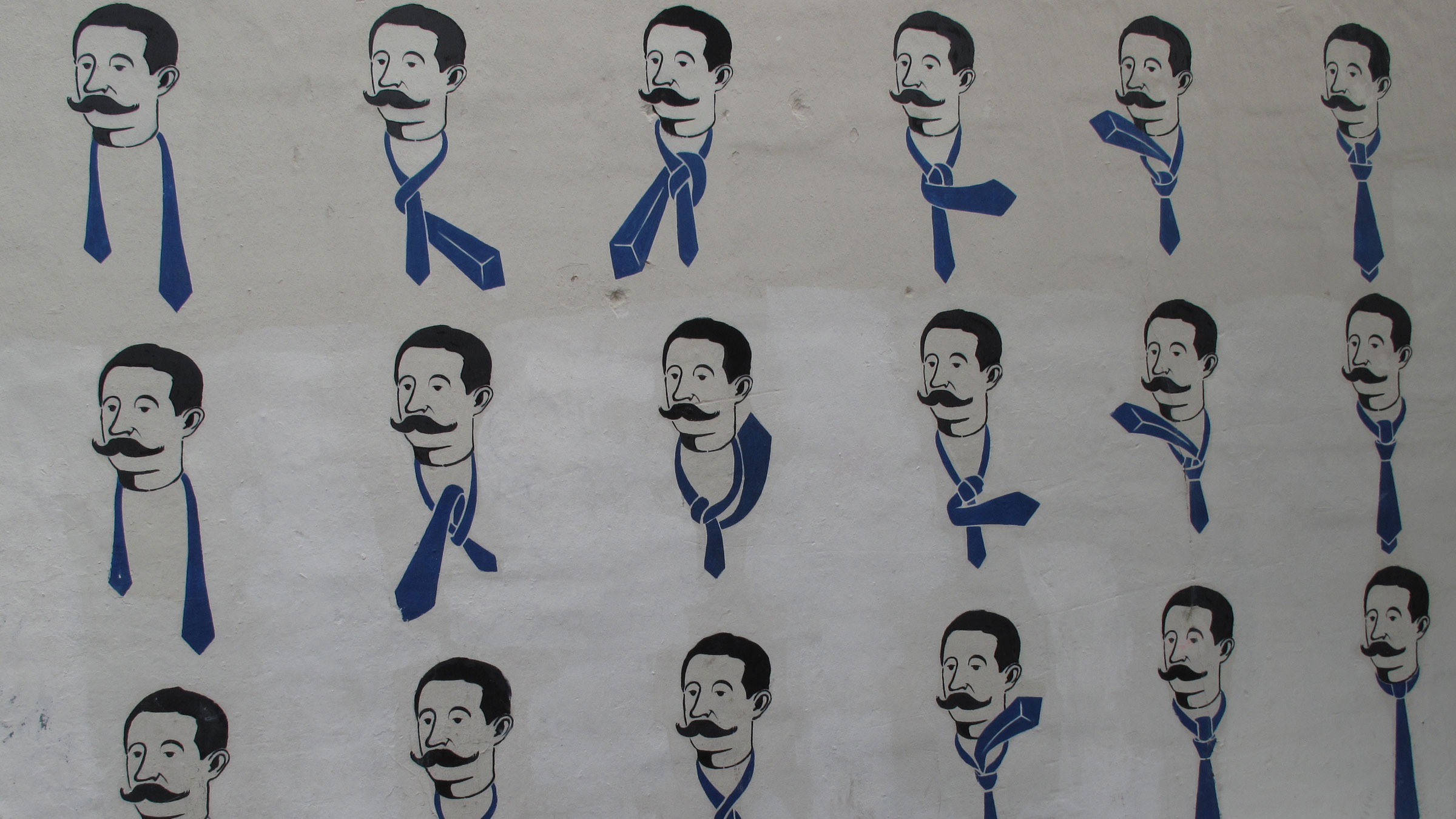
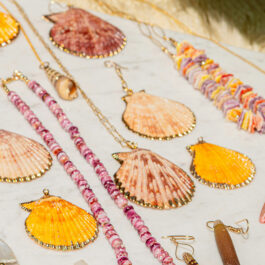
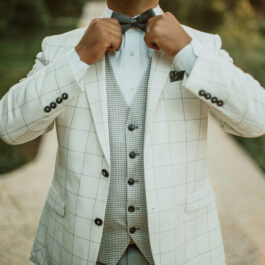




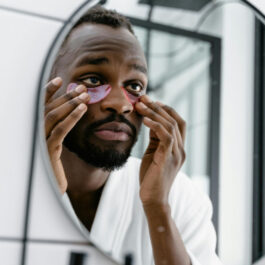
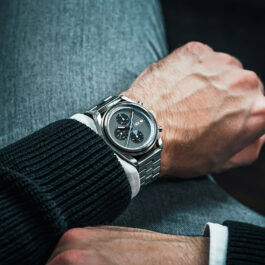

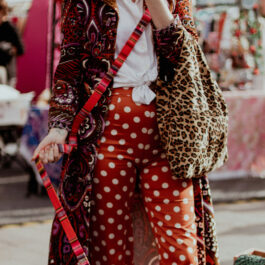
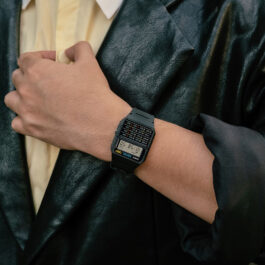
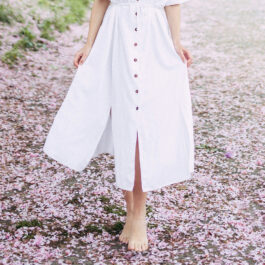
Sorry, the comment form is closed at this time.